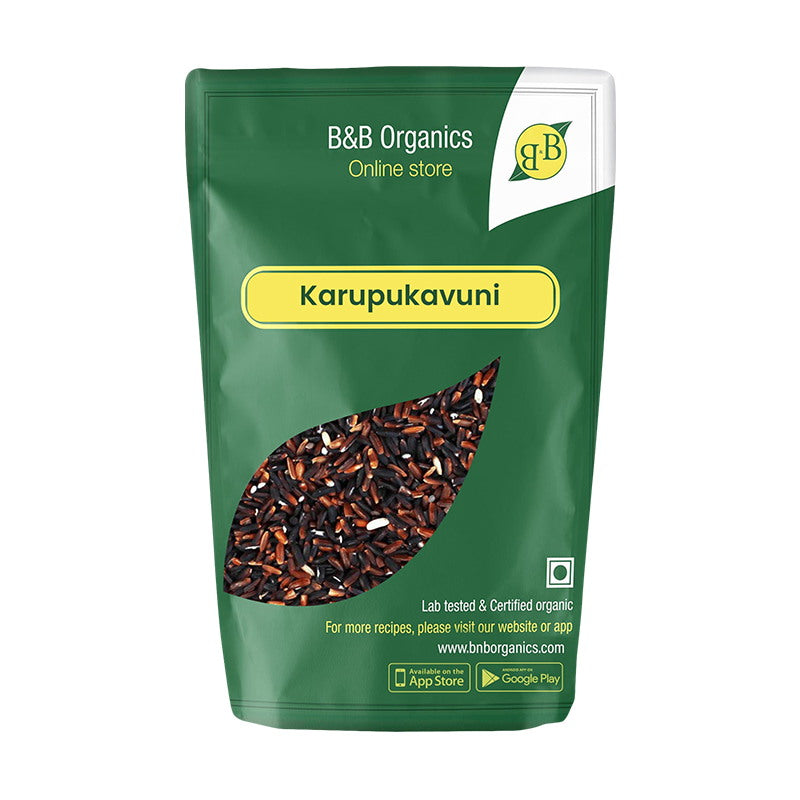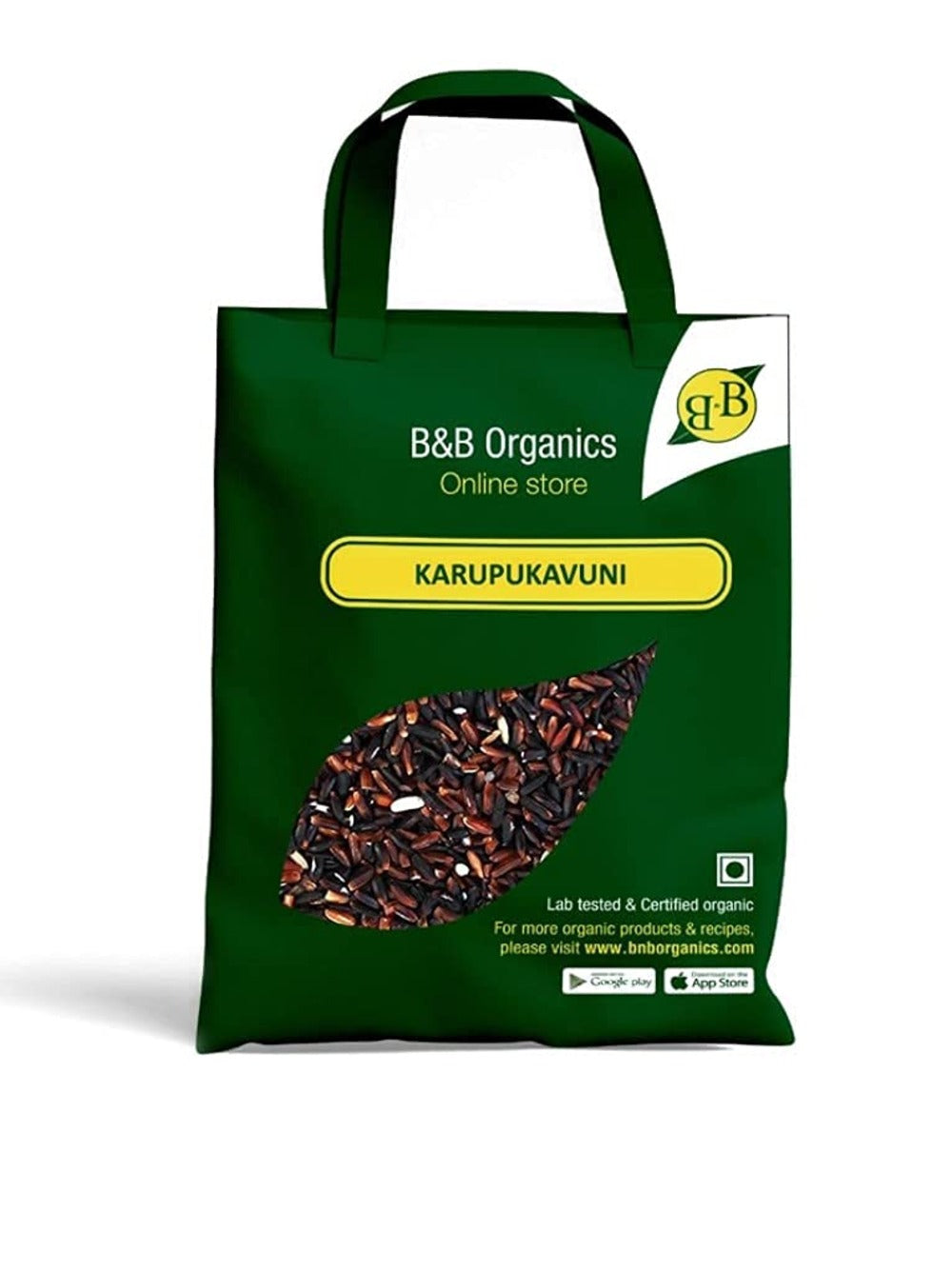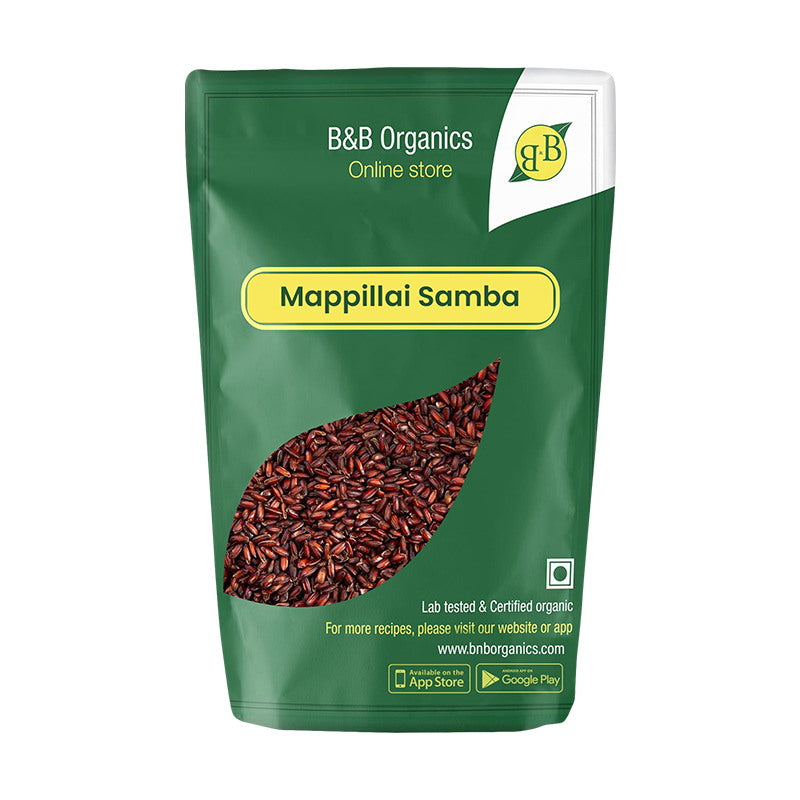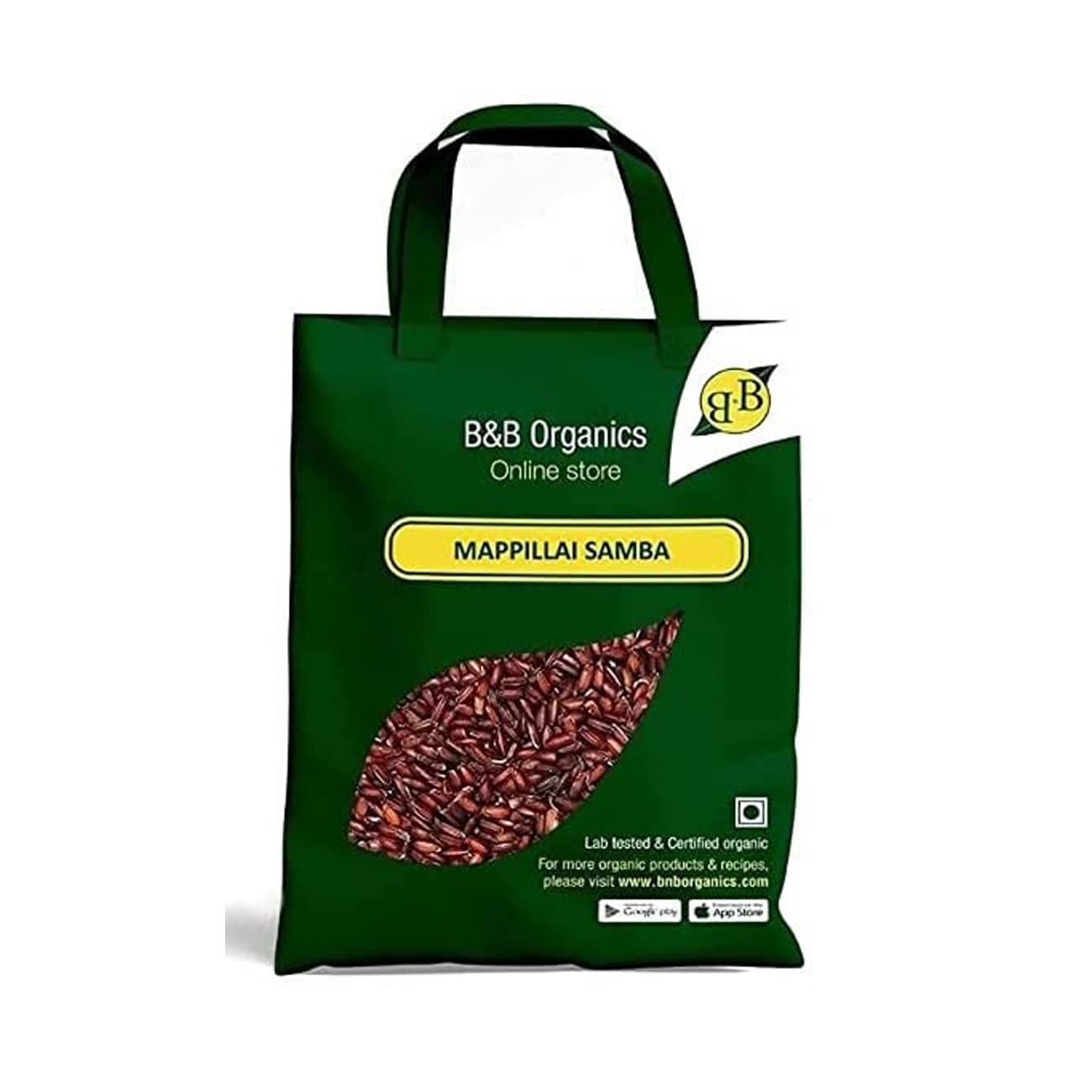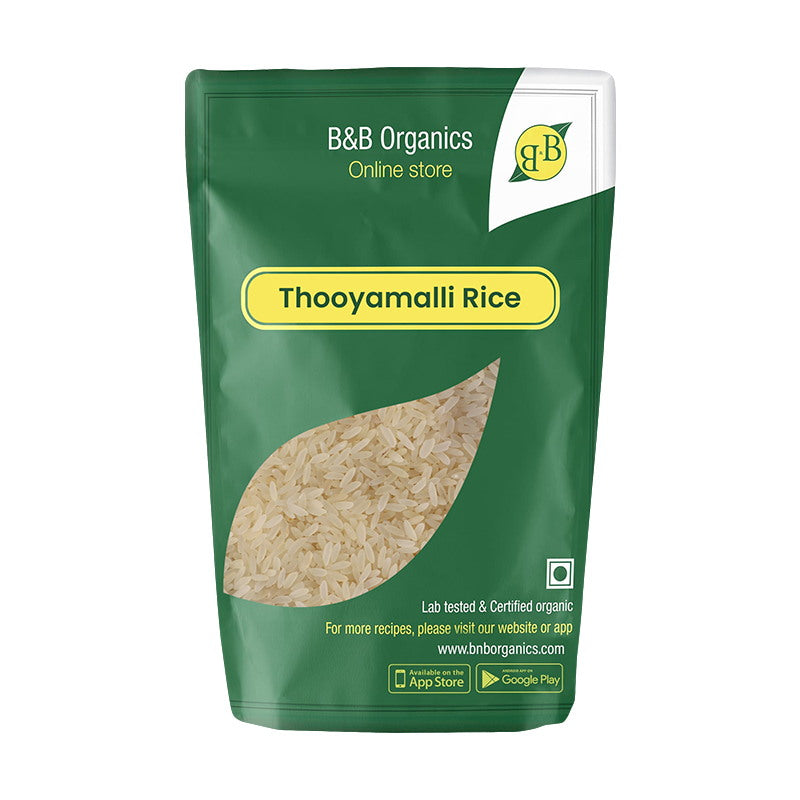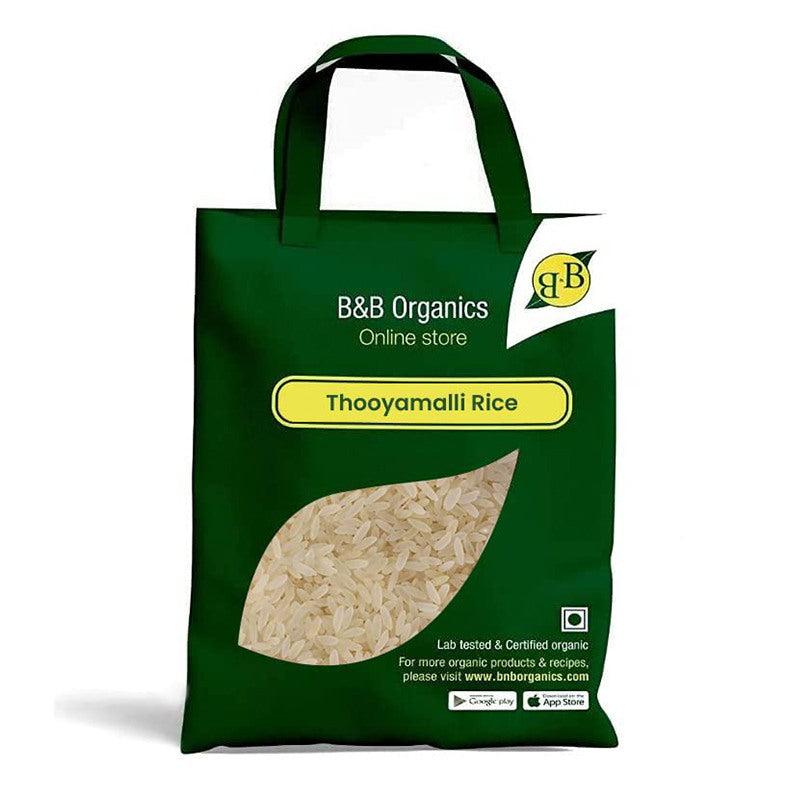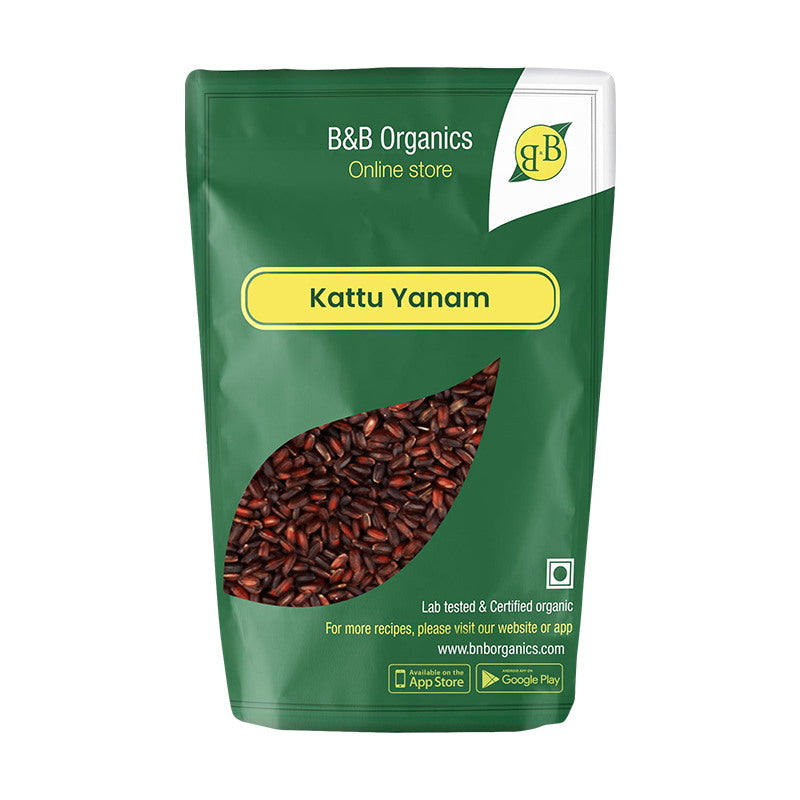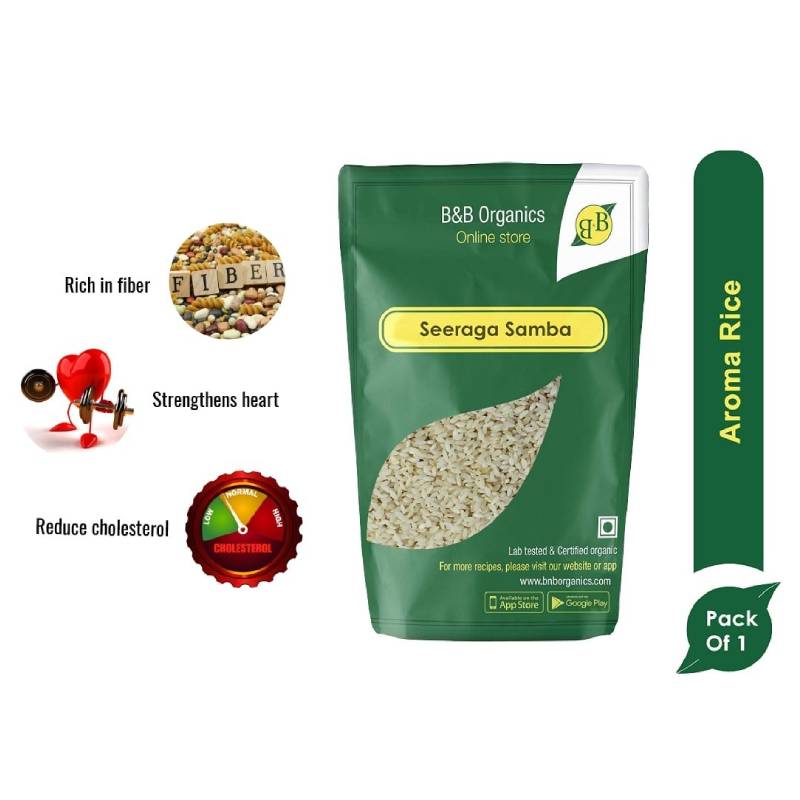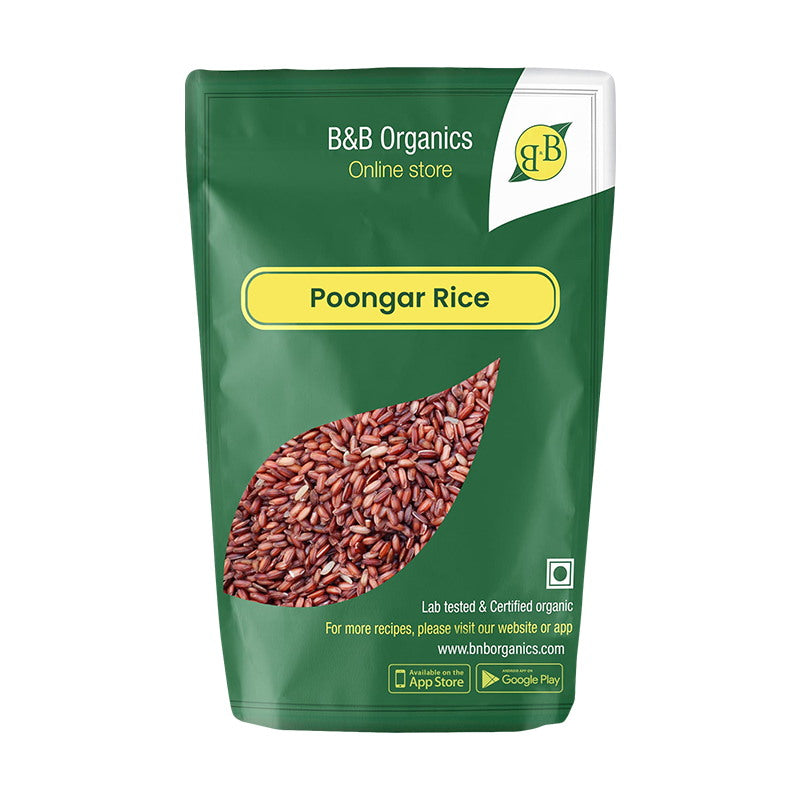Rice is a staple food for many people around the world, providing carbohydrates, fibre, and various essential nutrients. However, with the popularity of different types of rice, it can be challenging to decide which one is the healthiest option. The two most common types of rice are brown and white rice, which differ in their nutritional value and processing methods. This article will explore the differences between brown and white rice and determine which  one is healthier.
one is healthier.
Brown rice is a whole grain, meaning that it contains all parts of the grain, including the bran, germ, and endosperm. It is high in fibre, vitamins, and minerals, and has a nutty taste and a chewy texture. On the other hand, white rice is a refined grain, which means that it has been processed to remove the bran and germ, leaving only the endosperm. This process also removes some of the nutrients, such as fibre, vitamins, and minerals, resulting in a less nutritious product.
One of the main differences between brown and white rice is their fibre content. Brown rice contains more fibre than white rice because it retains the bran and germ, which are rich in fibre. Fibre is essential for maintaining digestive health, promoting satiety, and reducing the risk of chronic diseases, like cardiac related disease, diabetes, and cancer. A cup of cooked brown rice contains about 3.5 grams of fibre, while a cup of cooked white rice contains only 0.6 grams of fibre.
Another difference between brown and white rice is their glycemic index (GI). The GI is an indicator of how rapidly a meal elevates blood glucose levels. Foods with a high GI, such as white rice, can cause a rapid spike in blood sugar  levels, leading to insulin resistance and an increased risk of type 2 diabetes. On the other hand, foods with a low GI, such as brown rice, are absorbed more slowly, providing a steady supply of energy and reducing the risk of chronic diseases. Brown rice has a GI of about 50, while white rice has a GI of about 73.
levels, leading to insulin resistance and an increased risk of type 2 diabetes. On the other hand, foods with a low GI, such as brown rice, are absorbed more slowly, providing a steady supply of energy and reducing the risk of chronic diseases. Brown rice has a GI of about 50, while white rice has a GI of about 73.
Brown rice is also richer in nutrients than white rice. It contains more vitamins and minerals, such as thiamin, niacin, vitamin B6, magnesium, phosphorus, and potassium. These nutrients are essential for maintaining a healthy body, supporting brain function, and reducing the risk of chronic diseases. In contrast, white rice is often fortified with nutrients, such as iron and folate, but it still lacks many of the nutrients found in brown rice.
Despite the nutritional benefits of brown rice, some people prefer the taste and texture of white rice. White rice has a softer texture and a milder flavour than brown rice, making it more versatile and easier to use in various recipes. It is also faster to cook and has a longer shelf life than brown rice. However, these advantages come at the cost of lower nutritional value.
In conclusion, both brown and white rice can be part of a healthy diet, but brown rice is a more nutritious option. Brown rice contains more fibre, vitamins, and minerals than white rice, and has a lower GI, which can reduce the risk of chronic diseases. However, if you prefer the taste and texture of white rice, you can still include it in your diet in moderation. To get the best of both worlds, you can also try mixing brown and white rice to enjoy the benefits of both types.
Brown vs. White Rice: Which is Healthier?
When it comes to rice, there are so many options available that it can be overwhelming to decide which one is the healthiest. Two popular choices are brown rice and white rice. In this article, we will explore the differences between these two types of rice and determine which one is healthier for you. So, let's dive in!
The Battle of Nutritional Value
Brown rice is considered a whole grain because it contains all parts of the grain, including the bran, germ, and endosperm. This means that it retains more nutrients compared to white rice, which has been processed to remove the bran and germ, leaving only the endosperm. Due to this processing, white rice loses some of its nutritional value.
Fiber Content: Brown Rice Takes the Lead
One of the major differences between brown and white rice is their fiber content. Brown rice contains more fiber because it retains the bran and germ, which are rich in fiber. Fiber is essential for maintaining digestive health, promoting satiety, and reducing the risk of chronic diseases like cardiac-related disease, diabetes, and cancer. A cup of cooked brown rice contains about 3.5 grams of fiber, while a cup of cooked white rice contains only 0.6 grams of fiber.
Glycemic Index (GI): Brown Rice Wins Again
The glycemic index (GI) is a measure of how quickly carbohydrates in food raise blood sugar levels. Foods with a high GI can cause a rapid spike in blood sugar levels, leading to insulin resistance and an increased risk of type 2 diabetes. On the other hand, foods with a low GI are absorbed more slowly, providing a steady supply of energy and reducing the risk of chronic diseases. Brown rice has a GI of about 50, while white rice has a GI of about 73. So, if you're concerned about blood sugar levels, brown rice is the way to go.
Nutrient Powerhouse: Brown Rice Takes the Crown
Brown rice is also richer in nutrients compared to white rice. It contains more vitamins and minerals, such as thiamin, niacin, vitamin B6, magnesium, phosphorus, and potassium. These nutrients are essential for maintaining a healthy body, supporting brain function, and reducing the risk of chronic diseases. In contrast, white rice is often fortified with nutrients like iron and folate, but it still lacks many of the nutrients found in brown rice.
The Flavor and Versatility Factor
Despite the nutritional benefits of brown rice, some people prefer the taste and texture of white rice. White rice has a softer texture and a milder flavor, making it more versatile and easier to use in various recipes. It is also faster to cook and has a longer shelf life than brown rice. However, these advantages come at the cost of lower nutritional value. So, if taste and texture are your top priorities, white rice may be your go-to option.
Conclusion: Brown Rice for the Win!
In conclusion, both brown and white rice can be part of a healthy diet, but brown rice takes the lead in terms of nutritional value. It contains more fiber, vitamins, and minerals, and has a lower glycemic index, which can reduce the risk of chronic diseases. However, if you prefer the taste and texture of white rice, you can still include it in your diet in moderation. To get the best of both worlds, you can also try mixing brown and white rice to enjoy the benefits of both types.
Now that you know the differences between brown and white rice, you can make an informed decision based on your personal preferences and health goals. Remember, a balanced diet is key to maintaining overall health and well-being.
{finish}
FAQs:
-
Is brown rice better than white rice for weight loss?
- Brown rice is generally considered a better option for weight loss due to its higher fiber content and lower glycemic index. The fiber in brown rice helps you feel fuller for longer, reducing the likelihood of overeating. Additionally, the lower glycemic index of brown rice helps regulate blood sugar levels, which can be beneficial for weight management.
-
Can I substitute brown rice for white rice in recipes?
- Yes, you can substitute brown rice for white rice in most recipes. However, keep in mind that brown rice has a longer cooking time and a chewier texture compared to white rice. Adjusting the cooking time and liquid ratio may be necessary when using brown rice in recipes that call for white rice.
-
Are there any health risks associated with consuming white rice?
- While white rice is not necessarily unhealthy, it is considered less nutritious compared to brown rice. The refining process removes some of the bran and germ, which results in a loss of fiber, vitamins, and minerals. Consuming white rice in excess and as the main source of carbohydrates in your diet may lead to a higher risk of certain chronic diseases. It is best to incorporate a variety of whole grains, including# Brown vs. White Rice: Which is Healthier?






